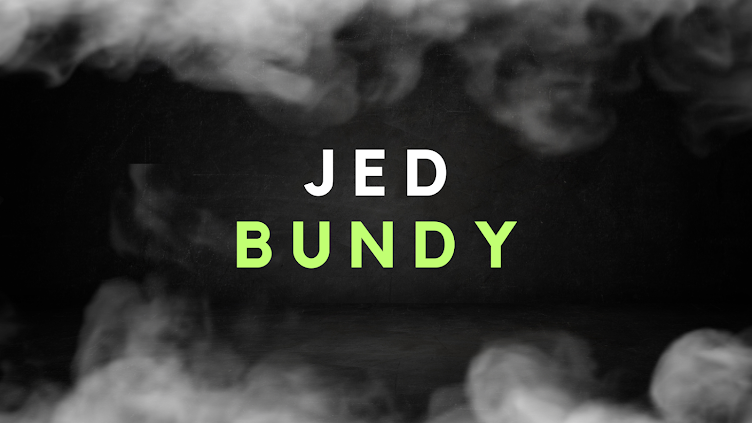So, despite a strong beginning, full of hope and promise of a new horror classic, the film finally shudders to an unsatisfying ending that somehow manages to come out of nowhere yet is also horribly predictable. What we’re left with is a stylish, spooky tale with a couple of unique elements and a bit of a shoulder shrug ending. There’s certainly been worse, and it’s worth the watch, but I fear it will soon be forgotten.
Review: Oculus (2013)
So, despite a strong beginning, full of hope and promise of a new horror classic, the film finally shudders to an unsatisfying ending that somehow manages to come out of nowhere yet is also horribly predictable. What we’re left with is a stylish, spooky tale with a couple of unique elements and a bit of a shoulder shrug ending. There’s certainly been worse, and it’s worth the watch, but I fear it will soon be forgotten.
Review: Eight Legged Freaks (2002)
Review: Jack Frost (1997)
Review: The Hunger (1983)
The Horror Delight of 1991: A Closer Look at POPCORN
Unveiling the Horror Delight of 1991: A Closer Look at Popcorn
In the vast realm of horror films, the year 1991 introduced a hidden gem that remains a cherished cult classic among genre enthusiasts – Popcorn. Directed by Mark Herrier and released by Studio Three Film Corporation, this horror flick delivers a unique blend of scares, thrills, and a meta-narrative that sets it apart from its contemporaries.
Popcorn unfolds its eerie tale within the framework of a horror movie marathon hosted by a film school. The plot revolves around film student Maggie Butler, portrayed by Jill Schoelen, who discovers a dark secret about her family's past while organizing a horror film festival to raise funds for her school. As the festival progresses, the line between fiction and reality becomes increasingly blurred, leading to a series of spine-chilling events.
One of the film's standout features is its self-awareness. Popcorn doesn't shy away from acknowledging and celebrating the horror genre. The movie within a movie concept allows it to pay homage to classic horror tropes, offering a meta experience for viewers. This self-referential approach adds a layer of depth, making Popcorn not just a horror film but a love letter to the genre itself.
The setting of the film, an old, decrepit movie theater, adds a haunting atmosphere that heightens the overall sense of dread. The use of the theater as a backdrop provides ample opportunities for suspenseful sequences, as the characters navigate darkened corridors, hidden passages, and creepy prop rooms. The eerie ambiance of the setting contributes significantly to the film's effectiveness in creating a genuinely frightening experience for the audience.
The strength of Popcorn lies in its ability to blend horror with humor seamlessly. While the film explores genuinely terrifying elements, it also injects moments of levity, keeping the tone engaging and entertaining. The juxtaposition of horror and humor is a delicate balance, but Popcorn manages to pull it off, providing viewers with an enjoyable and unpredictable ride.
The practical effects and creature designs in Popcorn deserve special mention. In an era dominated by CGI, the film's reliance on practical effects showcases the creativity and craftsmanship of the special effects team. From grotesque monsters to eerie illusions, the practical effects contribute to the film's nostalgic charm, harking back to a time when horror relied on tangible, in-camera effects to terrify audiences.
The cast, led by Jill Schoelen, delivers commendable performances that enhance the film's overall quality. Schoelen's portrayal of Maggie Butler anchors the narrative, and her journey from an unsuspecting film student to the protagonist facing supernatural horrors adds depth to the character. The supporting cast, including Tom Villard, Dee Wallace, and Tony Roberts, contribute to the film's ensemble dynamic, each bringing a unique element to the table.
Despite its undeniable charm, Popcorn did not achieve commercial success upon its initial release. However, over the years, the film has garnered a dedicated cult following. Its unique approach to the horror genre, combined with the nostalgic appeal of practical effects and a compelling meta-narrative, has elevated Popcorn to a revered status among horror aficionados.
In conclusion, Popcorn stands as a testament to the creativity and innovation present in the horror genre during the early '90s. Its ability to blend scares, humor, and a self-aware narrative set it apart from its peers, making it a must-watch for fans of classic horror. As the film continues to find new audiences through the years, its legacy as a cult classic remains intact, proving that true horror gems are often discovered in the shadows of cinematic history.
Trailer:















